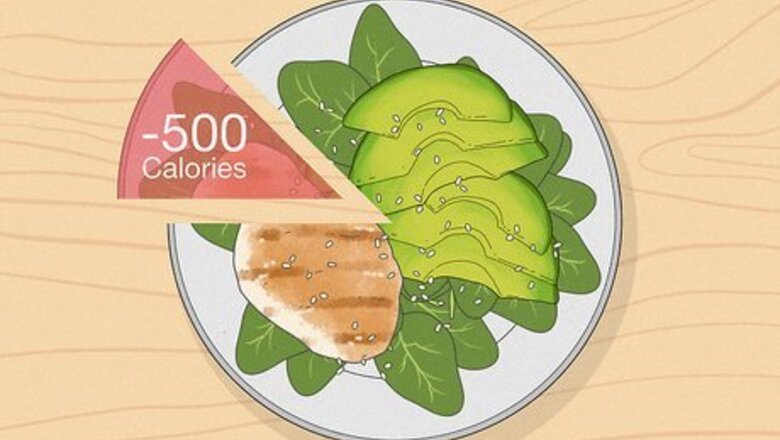
views
If you’re not sure when to start cutting after a bulk or how long to do it, we’ll cover everything you need to know. We interviewed health and fitness experts to help you figure out how to balance your nutrition and change your workout routine for maximum results.
- Start by cutting around 500 calories from your diet each day to help you burn 1 pound (0.45 kg) of fat each week.
- Stick to a diet that’s about 40% carbs, 40% lean proteins, and 20% fat to help you stay energized and lose weight after bulking.
- Continue your regular strength training workouts to maintain muscle mass. Incorporate 30 minutes of cardio every day and try HIIT exercises to burn more calories.
Changing Your Diet to Cut Fat
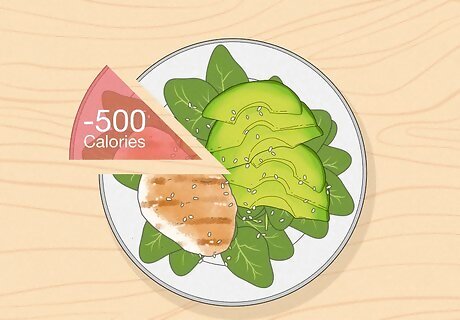
Cut around 500 calories from your regular intake every day. Start by calculating your daily caloric needs to see how much your body actually needs every day. Then, subtract 500 calories from the total, which is a large enough deficit to safely lose about 1 pound (0.45 kg) per week. As you’re going through your day, track your calories by writing down everything you’ve eaten to ensure you’re maintaining the right deficit. Personal trainer Julian Arana, M.S.Ed, NCSF-CPT notes that, “Many people struggle to get their portion sizes right when tracking the foods they’re eating. Unless you are weighing and measuring everything you eat, you may be underestimating the amount of calories you’re eating, which can make a big difference in your progress.” Talk to a doctor before starting a calorie-deficit diet to see if it’s safe for you. Calorie deficits may be harmful if you have type 2 diabetes, kidney problems, or blood pressure issues. Cutting too many calories after bulking may make you more hungry, which could lead to cycles of undereating and overeating that actually lead to weight gain.
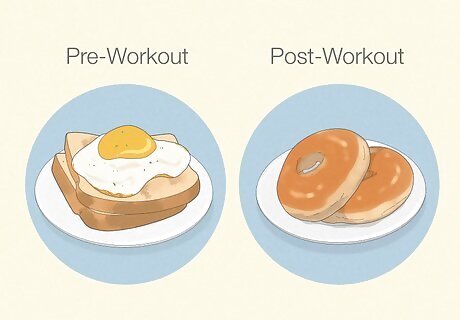
Eat your carbs before and after your workouts. Try to make carbs about 40% of your daily caloric intake. Right before you work out, enjoy complex carbs like brown rice, whole-grain bread, and vegetables to keep you from crashing while exercising. Then, when you finish your workout, enjoy a bagel or baked potato to stimulate muscle growth and recovery. Try to avoid eating carbs at the end of the day or before you go to bed because it may make your body store fat. Carbs are your body’s main source of energy throughout the day, so it’s important not to cut them out completely. Personal trainer Pete Cerqua says, “going to zero carbs is just going to make you walk around in brain fog.” According to personal trainer Julian Arana, M.S.Ed, NCSF-CPT, “Carbohydrates and protein are the two most important macronutrients to consume before a workout. Some examples are an almond butter and banana sandwich (whole grain bread), oatmeal with fruits and crushed nuts, and sweet potato mash with a few pieces of chicken.”
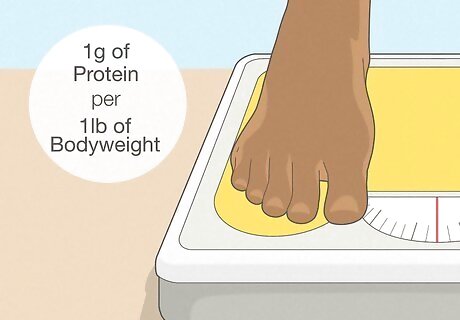
Eat 1 g of protein for every 1 lb (0.45 kg) of lean body weight daily. Protein helps maintain your muscle growth while you lose weight and helps you feel more full from your meals. Determine your lean body mass so you know how much protein you should eat every day. Personal trainer Pete Cerqua says, “Protein Pacing is basically just making sure that you have protein in each of your meals throughout the day. You can have three meals and three snacks and all of them should have some degree of protein in them.” Use the USDA DRI Calculator to determine your lean body mass and see your recommended macronutrient intake. Healthy sources of protein to include in your diet are eggs, dairy, fish, chickpeas, lentils, chicken, nuts, and tofu.
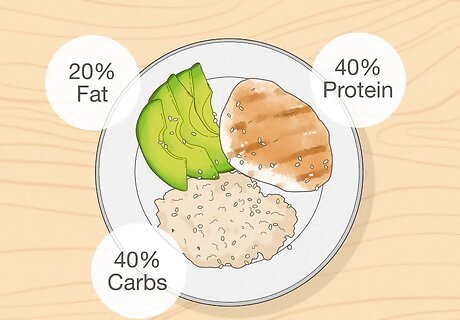
Reduce fats to 20–35% of your daily caloric intake. Even though you may want to cut fat out of your diet entirely, it’s an important part of your diet for maintaining energy and hormone levels. Add healthy sources of unsaturated fat to your diet, such as avocados, nuts, olives, olive oil, and vegetable oil. Steer clear of trans fats found in fried and frozen foods because they may prevent you from losing weight quickly. Personal trainer Pete Cerqua says, “40% carbohydrates, 40% protein, and 20% fat [for each meal] is a very healthy way to go.” If you want to try going on a very low-fat diet, then reduce your fat intake to about 10–20% of your daily calorie count.
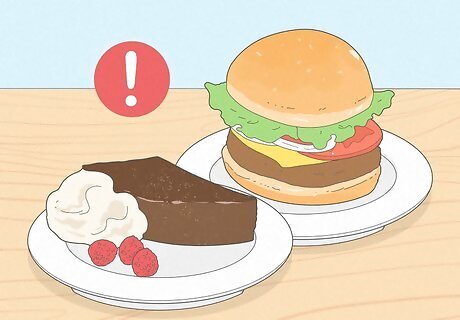
Try to limit processed and sugary foods. Foods that have high sugar content or are highly processed, like salty snacks, sandwich meat, and white bread, can contain hydrogenated oils, high-fructose corn syrup, and emulsifiers. Because processed foods have more carbs and fat than lean alternatives in your diet, they may stall your weight loss goals. Physical trainer Dean Theriot agrees that, “reducing sodium intake and eliminating highly processed foods will allow you to lose excess water [weight].” Do your best to avoid these foods as much as possible so you keep cutting weight. Personal trainer Tiffany Stafford recommends, “the first thing [to] do is start tracking everything you eat…to become more aware of just how many grams of sugar you’re eating every day and how that relates to the other things you’re eating.”
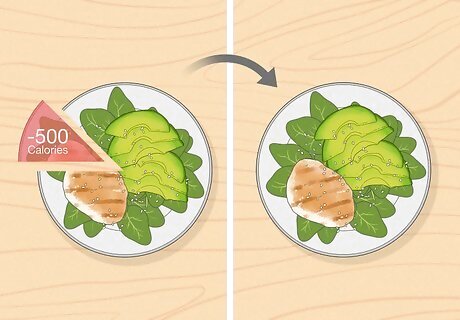
Plan regular “refeed” days to take a short break from your diet. Refeeding is when you eat your normal required amount of calories or a slight surplus to prevent muscle loss. Rather than eating whatever you want like you would during a cheat day, try sticking to healthier foods like complex carbs, lean proteins, and low-fat options so you don’t gain back any fat that you’ve already lost. Try doing 10 days on a calorie-deficit diet and then 10 days of refeeding at your standard calorie intake. Alternatively, you may try 3 weeks on a calorie deficit and 1 week on a refeed.
Working Out to Cut Fat
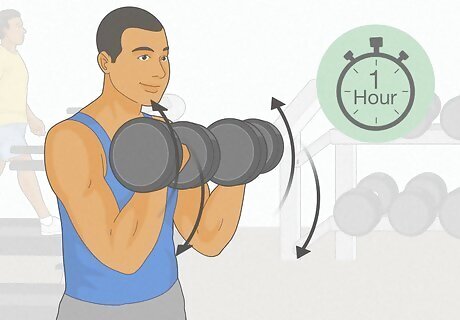
Continue doing your normal resistance and strength training routine. Rather than stopping your regular workouts after you bulk up, maintain the same weight or reps you’ve been doing. You may even try heavier weights with fewer repetitions to build muscle. Aim to do about 1 hour of strength training at least 3–5 times a week to keep your muscle mass and increase your metabolic rate, which helps you burn even more fat. Personal Trainer Julian Arana, M.S.Ed, NCSF-CPT recommends that you “focus on compound movements such as push-ups, pull-ups, rows, lat pulldowns and dumbbell chest presses. For the arms, incorporate some standing biceps curls, overhead cable triceps extensions, and cable triceps pushdowns.” Physical trainer Dean Theriot says “include exercises such as incline bench press, overhead presses, and side raises.”

Aim to do 250 minutes of cardio exercises every week. Doing cardio exercises increases your heart rate and helps you quickly burn calories and fat. Incorporate about 30–60 minutes of cardio per day doing activities like running, hiking, biking, swimming, or dancing. As you keep up your cardio routine, you’ll start shedding away any fat that you built up during your bulk.
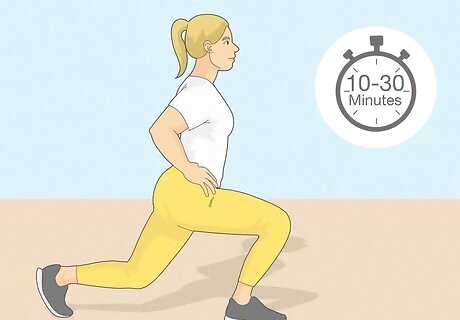
Incorporate more high-intensity interval training (HIIT) into your routine. HIIT workouts alternate between intense workouts and slower recovery intervals. According to Julian Arana, M.S.Ed, NCSF-CPT, “these exercises are effective because they activate virtually every muscle in the body, which results in increasing your heart rate and making you do more work in less time. Some of my favorite HIIT exercises include jumping rope and ballistic lower body exercises, like jump squats, speed lunges, and skaters.” Try to do 10- to 30-minute sessions when you do a HIIT workout, and work it into your normal cardio time.
When should you start cutting?
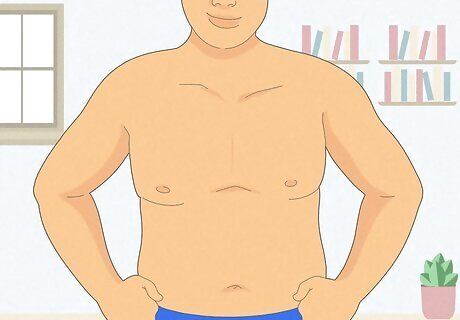
Start cutting about 16–26 weeks after you begin bulking. It takes time to build muscle when you’re bulking so keep up a calorie surplus for at least 16 weeks. By that time, you’re more likely to keep the muscle mass once you start cutting calories. Depending on how much muscle you want to build, you may continue bulking for about half a year before starting your cut. Even though you might start seeing progress within 8–12 weeks, starting your cut at this point may make you lose some of the muscle you just gained. Calculate your body fat percentage roughly by dividing your weight in kilograms by your height in meters. For a male, start cutting when you’re between 15–20% body fat. If you’re cutting after bulking as a female, wait until you’re in the 23–28% range. Try to avoid cutting around major holidays or when you have a vacation planned because it may be difficult to maintain a nutrition and fitness regimen.
How long does it take to cut after a bulk?
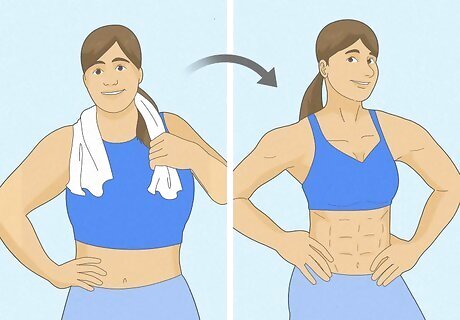
Cutting takes around 2–4 months to lose weight at a safe pace. Rather than trying to quickly lose weight and fat, a slow and steady approach will keep you safe and prevent you from losing muscle mass during your cut. Continue to maintain your nutrition plan and exercise routine for at least a few months to burn fat and show off the muscles you worked so hard for. Choose a deadline for when you want to reach your target weight. Personal trainer Pete Cerqua agrees that, “urgency leads to action, [so] pick a date [as your deadline] and make it meaningful…It could be a wedding, high school reunion, party, or vacation.”
















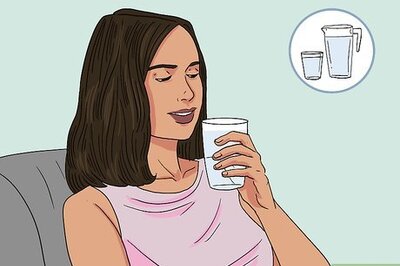
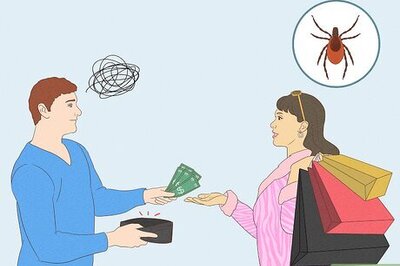
Comments
0 comment